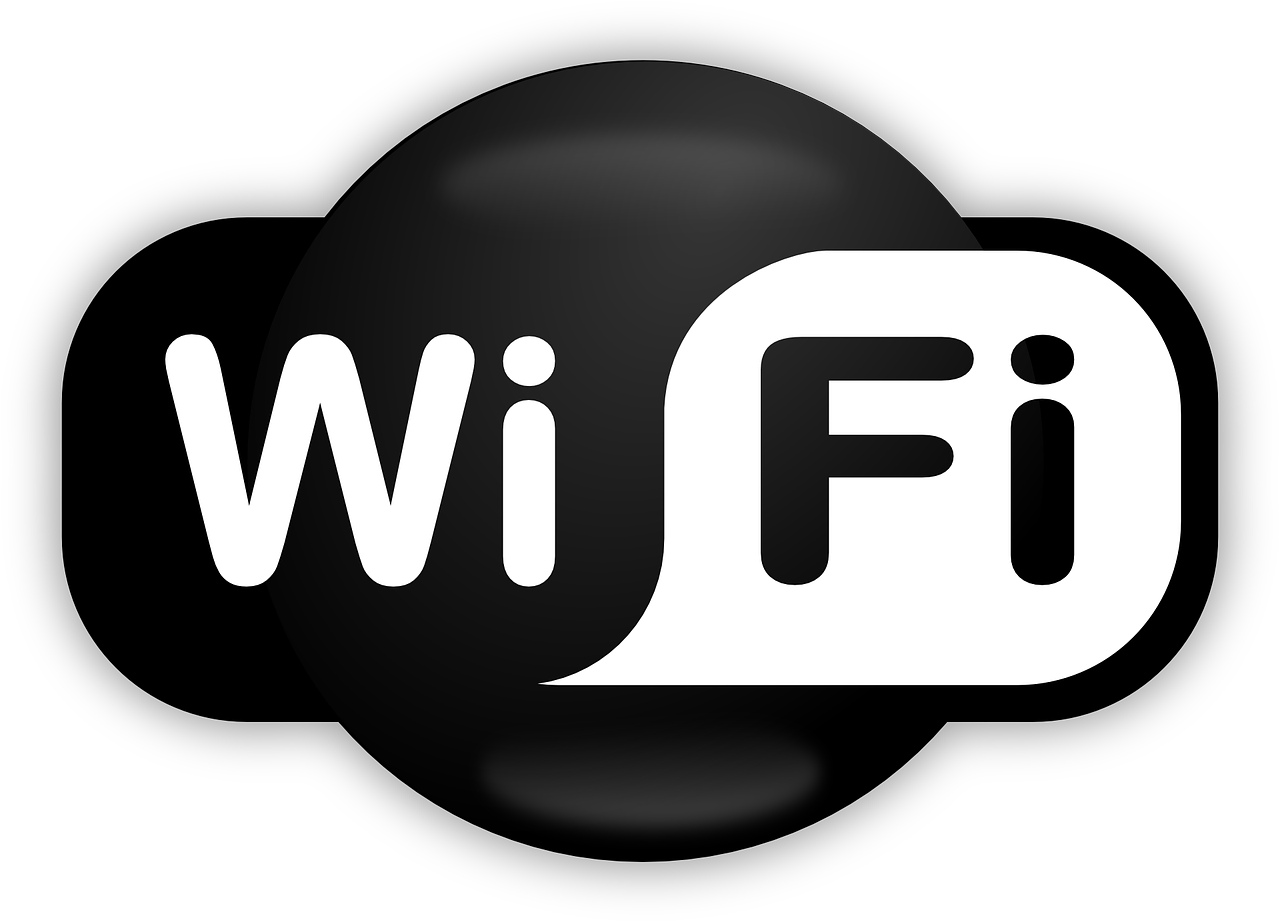Embarking on the journey to bolster your internet security is a smart move, and changing your WiFi password is a great place to start. Imagine being able to protect your digital realm with just a few simple steps. This handy guide will take you through the seamless process of updating your WiFi password, ensuring that your network is safeguarded against unwanted intruders and providing you with peace of mind. So, grab your device, and let’s secure your online universe together!
Understanding the Need to Change Your WiFi Password
Improving Network Security
Your WiFi network is the gateway to your online world, and the security of that gateway is crucial. Changing your WiFi password regularly can prevent hackers from breaching your personal information. A strong, updated password protects against cyber threats and ensures that your data stays safe from unauthorized access.
Managing Network Access
As you welcome new devices into your home or office, it’s important to keep track of who can access your WiFi network. By changing the password, you can effectively manage permissions and maintain control over which devices are allowed to connect, ensuring that only trusted users are on your network.
Preventing Unauthorized Use
Your WiFi isn’t just a service you use; it’s also a resource others might exploit if given the chance. Unauthorized users can slow down your network’s speed, leech your bandwidth, or even use your connection for illegal activities without your knowledge. Changing your password can help prevent these unwanted scenarios.
Identifying Your Router’s Brand and Model
Checking the Router’s Physical Label
Start by locating your router. Look for a physical label, often found on the back or bottom of the device. This label should display the brand and model number, which are essential for finding the specific instructions for accessing your router’s settings.
Looking for Original Documentation
If the label is worn or inaccessible, don’t worry. You can find the same information in the original documentation that came with the router. This includes the manual, box, or any official paperwork. These sources often provide additional details that may assist in managing your router.
Finding Model Information via Connected Devices
Alternatively, you might be able to find the router’s brand and model through its network name or SSID if it has not been changed from the default. Information can also be retrieved from a connected device’s network settings, where the router’s details may be listed.

Accessing Your Router’s Admin Interface
Finding the Default IP Address
You’ll need your router’s default IP address to access the admin interface. This is typically found in the user manual or on the label of your router. Common default IPs are 192.168.1.1, 192.168.0.1, or similar variations.
Using a Web Browser to Access the Router
Once you have the IP address, open a web browser on a device connected to your network and enter the IP into the address bar. Press enter, and you should be directed to your router’s login screen.
Login Credentials and Troubleshooting Access Issues
Upon reaching the login screen, enter the default admin credentials, which are often “admin” for both username and password, but could be different depending on the brand and model. If the default credentials don’t work, they may have been changed, or you might need to consult the documentation for the correct ones. If you can’t remember a personalized login, a factory reset might be necessary, but should be used as a last resort.
Navigating Through the Router’s Admin Panel
Understanding the Router’s Home Page
You are now in the command center of your WiFi network. The home page of the admin panel is your overview, displaying key information and status updates. This is generally a good starting point to familiarize yourself with the layout and capabilities of your router.
Identifying Settings and Configuration Tabs
On the admin panel, look for tabs or menus labeled ‘Settings’, ‘Wireless’, or ‘Network’. These are the sections where you will be able to find and change your WiFi password, along with other security settings.
Using the Search Function to Find WiFi Settings
Some routers have a search function within the admin interface. If available, utilize it by entering terms like “wireless settings,” “SSID,” or “password” to find the appropriate options quickly.

Locating the Wireless Security Settings
Different SSID for 2.4GHz and 5GHz Bands
Your router might broadcast dual bands, 2.4GHz and 5GHz, each with a separate SSID (network name). Make sure to apply password changes to both networks if this is the case, to maintain consistent security across all your devices.
Finding Encryption and Security Options
Within the wireless settings, locate the security options. Selecting an encryption type like WPA2 or WPA3 will help protect your information. Ensure that your selection provides a balance between compatibility with your devices and security level.
SSID and Password Configuration
Find the fields labeled SSID and password (which might also be termed as ‘network key’, ‘WPA key’, ‘wireless password’, etc.). The SSID is what you see when you scan for WiFi networks. The password field is where you’ll enter your new passphrase.
Choosing a Strong WiFi Password
The Importance of Password Complexity
A strong password is not just about having a combination of letters and numbers. It’s about creating a blend that is hard to crack. Complexity increases security, so consider a password that is a mix of upper and lower-case letters, digits, and special characters.
Recommended Length and Character Types
Most experts recommend a password length of at least 12 characters. This length, combined with a variety of character types, ensures that your password will be sturdy against brute-force attacks.
Password Management Tools and Tips
To keep track of a complex password, consider using a password manager. These encrypted databases can store your passwords securely and generate random, strong passwords for you. Just ensure you have a strong master password that you won’t forget.

Changing and Confirming Your New WiFi Password
Step-by-Step Guide to Changing the Password
Enter your new password in the designated field and proceed with caution. Double-check for any possible typos before you save any changes.
Saving and Applying Changes
Once you’re satisfied with your new password, look for a ‘Save,’ ‘Apply’, or ‘Confirm’ button within the interface. This will update your router’s settings and change the password across your network.
Ensuring Connectivity with the New Password
After the password has been changed, your router may restart. Once it’s back online, test the new password by connecting a device to the WiFi. This will verify that the password change has been successful and that the network is operational.
Updating Connected Devices with the New Password
Reconnecting Smartphones and Tablets
Most mobile devices will prompt you to enter the new password upon attempting to connect to the WiFi. Simply enter the new password when requested, and you should regain access to the network.
Reconnecting Computers and Laptops
For computers and laptops, you’ll typically need to select the WiFi network and enter the new password, just as you would on a mobile device. Some systems may require you to forget the network and reconnect as if it were a new network.
Troubleshooting Connection Issues Post-Password Change
If you experience connection issues after changing your password, double-check that you have entered the correct password. If problems persist, try restarting both the device and the router, or forget and rejoin the network.
Securing Your Router Beyond the WiFi Password
Changing Default Admin Credentials
To further secure your router, change the default admin username and password to something only you will know. This will help protect the admin interface from unauthorized access.
Disabling WPS for Enhanced Security
Consider disabling WPS (WiFi Protected Setup) since it can be exploited by attackers to connect to your WiFi without needing the password. This step isn’t always necessary, but it can add an extra layer of security.
Setting Up a Guest Network for Visitors
If you often have visitors who need to use your WiFi, set up a guest network. This allows you to provide internet access without exposing your main network and its connected devices to additional risk.
Common Problems and Solutions While Changing WiFi Passwords
Dealing with Router Accessibility Issues
If you can’t connect to your router’s admin interface, ensure you’re entering the correct IP address and login credentials. If the issue persists, a network cable directly connected from the router to your computer might bypass connectivity problems.
Addressing Incorrect Password Entries
If your password isn’t accepted, ensure you’re entering it correctly, remembering that passwords are case-sensitive. Also, verify that the caps lock key is not turned on unintentionally.
Resetting the Router to Factory Settings as a Last Resort
If you can’t remember the admin login or WiFi password and all else fails, you may need to reset the router to factory settings. This option should be used sparingly as it will remove all custom settings and require you to set up your network from scratch.

